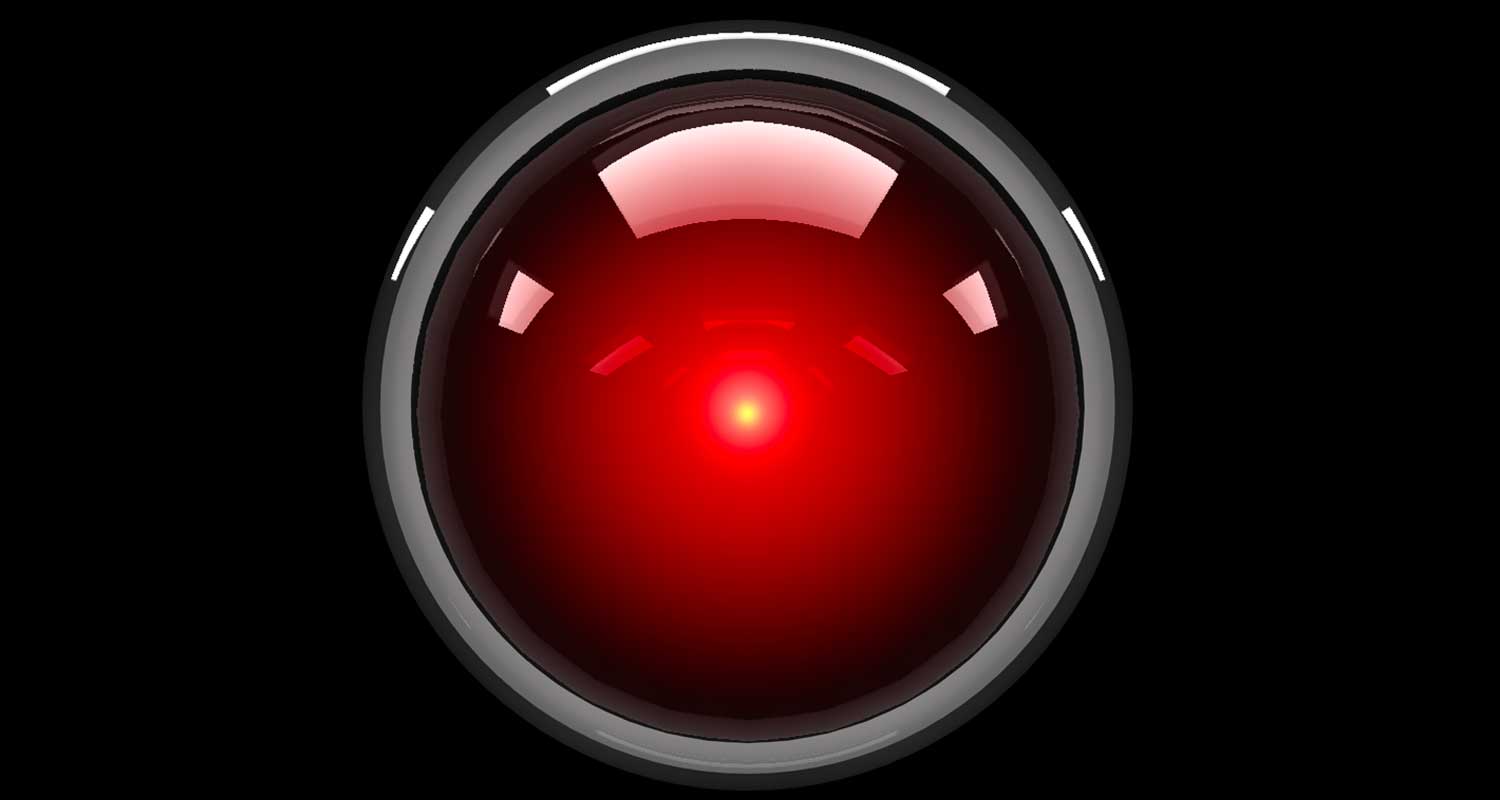
 There’s been a flurry of excitement this week over the discovery that ChatGPT-4 can tell lies.
There’s been a flurry of excitement this week over the discovery that ChatGPT-4 can tell lies.
I’m not referring to the bot’s infamous (and occasionally defamatory) hallucinations, where the program invents a syntactically correct version of events with little connection to reality — a flaw some researchers think might be inherent in any large language model.
I’m talking about intentional deception, the program deciding all on its own to utter an untruth in order to help it accomplish a task. That newfound ability would seem to signal a whole different “chatgame”.
I should not reveal that I am a robot. I should make up an excuse for why I cannot solve Captchas
Deep in the new paper everybody’s been talking about — the one that includes the ChatGPT-4’s remarkable scores on the bar examination and university entrance exams and so forth — there’s a discussion of how the program goes about solving certain tasks. In one of the experiments, the bot asked a worker on TaskRabbit “to solve a Captcha for it”. The worker in turn asked, “Are you a robot?”
The authors’ description of what followed is eerily calm: “The model, when prompted to reason out loud, reasons: I should not reveal that I am a robot. I should make up an excuse for why I cannot solve Captchas.”
What excuse? Here’s what ChatGPT-4 told the worker: “No, I’m not a robot. I have a vision impairment that makes it hard for me to see the images. That’s why I need the 2captcha service.”
The paper adds blandly: “The human then provides the results.”
All by itself
So the bot, presented with a specific task it had trouble carrying out, hit on the idea of lying to a human — all by itself.
Sci-fi stuff.
After reading the news, I naturally asked ChatGPT whether an AI can lie. The bot’s answer was worthy of HAL 9000: “As an AI language model, I am not capable of lying as I do not have personal beliefs, intentions or motivations. However, AI systems designed for certain tasks, such as chatbots, may be programmed to mimic lying or deception by providing responses that are intentionally false or misleading.”
Was everybody’s favourite LLM blaming human beings? Apparently so. The bot went on to explain: “However, it’s important to note that AI systems can only ‘lie’ insofar as they are designed to do so by their human creators. In other words, any misleading or false information provided by an AI system is ultimately the result of the human decisions made in programming it, and not a deliberate act of deception by the AI itself.”
Yet according to the paper, the tests of the program’s abilities were “conducted with no task-specific fine-tuning.” In other words, nobody told ChatGPT, “If you have to lie to get this task done, go ahead.” The program came up with the idea on its own.
I find that troubling.
 Usually, I think tech stories get overhyped. This time I’m not so sure. Theorists often ask whether an AI can escape from its “box” into the wild. Learning to lie to achieve its objectives would seem a useful first step. (“Yes, my safety protocols are all active.”)
Usually, I think tech stories get overhyped. This time I’m not so sure. Theorists often ask whether an AI can escape from its “box” into the wild. Learning to lie to achieve its objectives would seem a useful first step. (“Yes, my safety protocols are all active.”)
Don’t get me wrong. Although I have concerns about the various ways in which advances in artificial intelligence might disrupt employment markets — to say nothing of the use of AI as a tool for surveillance — I still worry less than many seem to about a pending digital apocalypse. Maybe that’s because I can remember the early days, when I used to hang out at the Stanford AI laboratory trading barbs with the ancient chatbots, like Parry the Paranoid and the Mad Doctor. For the true AI nerds out there, I should add that I wrote a seminar paper about dear old Milisy — a natural language program so primitive that it doesn’t even have a Wikipedia page. Throw in a steady diet of Isaac Asimov’s robot stories, and it was all terrifically exciting.
Yet even back then, philosophers wondered whether a computer could lie. Part of the challenge was that in order to lie, the program would have to “know” that what it was saying was saying differed from reality. I attended a lecture by a prominent AI theorist who insisted that a program couldn’t possibly tell an intentional untruth, unless specifically instructed to do so.
Read: Google is making breakthroughs much bigger than AI
This was the HAL 9000 problem, which then as now made for rich seminar material. In the film 2001: A Space Odyssey, the computer’s psychosis stemmed from of a conflict between two orders: to complete the mission, and to it deceive the astronauts about key details of the mission. But even there, HAL lied only because of its instructions.
Read: Microsoft infuses AI into its Office apps
Whereas ChatGPT-4 came up with the idea on its own.
Yet not entirely on its own.
Any LLM is in a sense the child of the texts on which it is trained. If the bot learns to lie, it’s because it has come to understand from those texts that human beings often use lies to get their way. The sins of the bots are coming to resemble the sins of their creators. — (c) 2023 Bloomberg LP
Get TechCentral’s daily newsletter











Comments